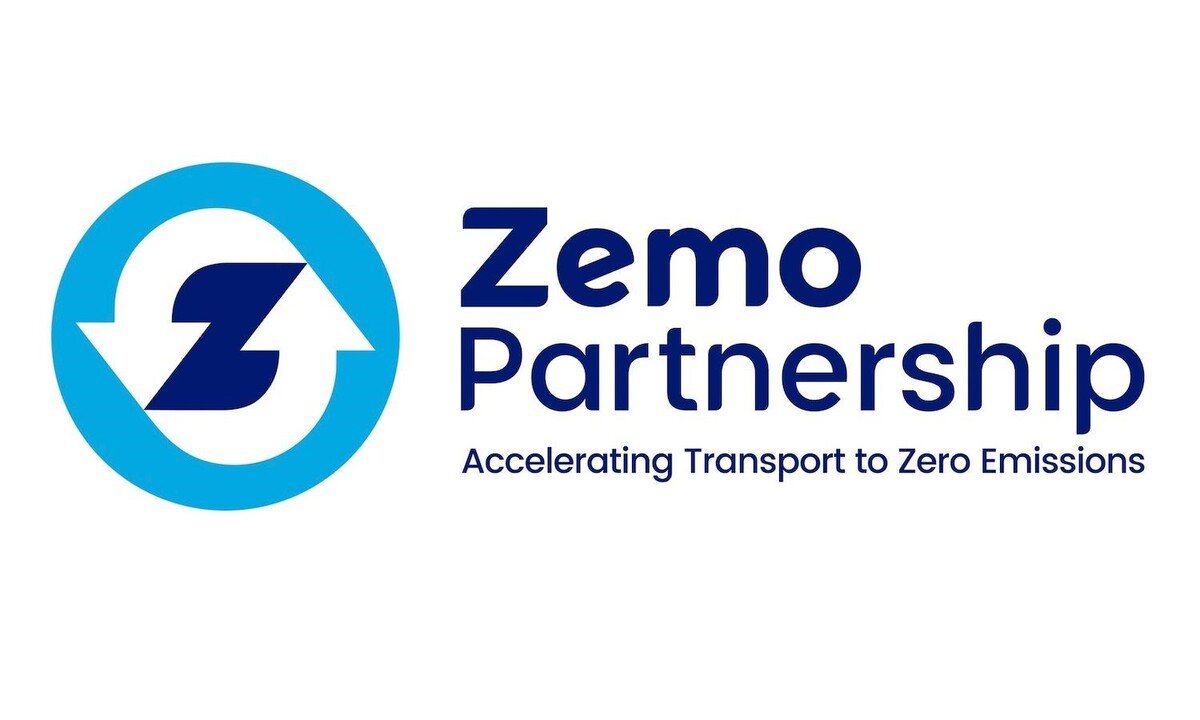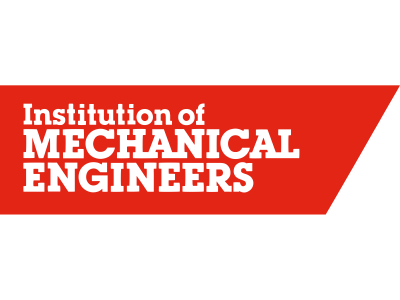Can We Dream Bigger Than Thinking of a Low-Carbon Future?

Can We Dream Bigger Than Thinking of a Low-Carbon Future?
by Jonathan Brown, Strategy Director
The maritime industry has relied on fossil fuels for over a century. Their high energy density and reliability made them an ideal fuel source for large ships making long journeys through harsh conditions – but as scrutiny intensifies over carbon emissions, finding a cleaner alternative is challenging. Switching to a fuel source that slightly reduces carbon emissions, but increases emissions of other greenhouse gases like methane, only kicks the can further down the road.
To get closer to a significantly better fuel source will take real innovation – not a coat of greenwash on old technology, but also not a total reinvention of the wheel. The solution must be built with respect for the decades-long history of shipbuilding and awareness of the commercial realities of the maritime industry, but the courage to ask: does a much better solution lie just beyond our comfort zone?
The Greenwashing of Natural Gas
Natural gas, including compressed natural gas (CNG) and liquefied natural gas (LNG), has been marketed as a cleaner alternative to diesel, with many new vessels equipped with gas engines being labelled “green.” However, the benefits are significantly overstated.
One of the most significant issues with natural gas engines is methane slip—the release of unburned methane, a potent greenhouse gas (GHG) that has a much higher global warming potential than carbon dioxide. While gas engines may produce fewer carbon emissions than diesel, methane slip somewhat undermines its sustainability credentials.
The International Council on Clean Transportation report that methane emissions from LNG-fuelled ships have more than doubled in recent years, while demand for LNG marine fuels is expected to triple between 2019 and 2030. Citing the same report in January 2024, it was estimated that methane slip in real-world conditions is around 8% of fuel burn, meaning that in some cases, the overall GHG impact of these engines is worse than traditional diesel.
Moreover, while natural gas engines may produce fewer nitrogen oxides (NOx) and particulate matter (PM) than diesel engines, they still contribute to air quality issues, especially at the large scale of many maritime operations. The industry’s focus on natural gas as a transitional fuel is, therefore, an evolutionary dead end—one that delays the necessary shift towards truly sustainable energy solutions.
Hydrogen Fuel Cells: A Viable Alternative
Hydrogen fuel cells are not a perfect solution, but they are significantly better than a fossil fuel-based alternative. Unlike fossil fuels, hydrogen can be produced from renewable sources, and at the point of use in fuel cells, it produces zero emissions—only water and heat. This positions hydrogen as a key player in reducing the maritime industry’s environmental footprint, not just in terms of carbon emissions but also air quality and noise pollution.
One of the primary advantages of hydrogen fuel cells over natural gas engines is their lack of methane slip. By eliminating the release of methane and other pollutants, hydrogen fuel cells offer a cleaner, more reliable option for reducing GHG emissions. Additionally, hydrogen fuel cells are quieter than traditional engines, contributing to lower noise pollution—a significant benefit in both urban ports and sensitive marine environments.
However, it is important to acknowledge that hydrogen is not a silver bullet. The UK government has conducted research into the role of hydrogen as a ‘secondary’ or ‘indirect’ greenhouse gas, since free radicals in the atmosphere react with hydrogen, where usually they would initiate the breakdown of methane. The research suggests that every 1ppm increase of hydrogen in the atmosphere could extend the methane atmospheric lifetime by one year.
Fortunately, the latest models estimate that a 1% leakage rate of hydrogen into the atmosphere, when used to replace fossil fuel-based systems, would offset approximately 0.4% of the benefit of the CO2e emissions reduction. While there is some loss of hydrogen in fuel cell use, from un-converted in-exhaust gas, membrane crossover, and purging of systems, another government-commissioned report from Fraser Nash estimated a worst-case scenario of up to 2.5% leakage, but more likely just 1-1.5% – and with additional measures, this could drop even further to less than 1%.
Also to consider are the challenges of production, storage, and distribution of hydrogen, particularly in terms of cost and infrastructure. In the long term, as the industry invests in research and development, economies of scale will drive down costs, and advances in technology will improve the efficiency and safety of hydrogen storage and distribution systems.
Those as-yet-unrealised economies of scale, and compatibility with existing ships, are two of the biggest barriers to adoption for hydrogen, and it is important not to downplay the emissions issues as we have seen with CNG. However, it remains clear that if adopted, it would represent a giant leap, not a small shuffle, towards a genuinely greener maritime industry.
Evolution, Not Revolution: A Pragmatic Approach to Transition
The main objection to a switch to hydrogen is the idea that it will require drastic change, with the need for replacement of older vessels or expensive retrofits to newer ships. However, the maritime industry’s transition to cleaner energy sources does not have to be an overnight revolution. Instead, an evolutionary approach, where hydrogen fuel cells are gradually integrated into the existing energy landscape, is both practical and necessary. Phased adoption of such technology could help mitigate the financial and operational risks associated with such a transition.
For instance, hybrid systems that combine hydrogen fuel cells with existing technologies can offer a pathway to decarbonization without requiring a complete overhaul of current vessels. These systems can provide the reliability and energy density that the industry depends on while reducing emissions and other environmental impacts. Over time, as hydrogen technology matures and becomes more widely available, the industry can move towards fully hydrogen-powered vessels.
For alternative fuel cells to gain traction in the maritime sector, it is also crucial that innovators and policymakers listen to the needs of business leaders and ship owners. The industry’s resistance to change is not simply a matter of inertia; it is rooted in practical concerns about cost, reliability, and operational impact. Therefore, solutions must be designed with these concerns in mind, offering not just long-term environmental benefits but also immediate operational advantages.
This means focusing on the here and now—developing systems that are compatible with existing vessels, scalable to different ship sizes, and capable of delivering the performance that the industry requires. By addressing the practical needs of maritime operators, hydrogen fuel cells can be positioned not as a distant ideal but as a viable, near-term solution that ship owners can adopt with confidence.
Leading the Change
The maritime industry is at a pivotal moment, with the opportunity to lead the way in adopting cleaner, more sustainable energy sources. While fuel cells are not a perfect solution, they represent a significant step forward compared to the current reliance on oil and natural gas. By taking an evolutionary approach and focusing on practical, modular solutions, the industry can begin the transition towards a more sustainable future—one where hydrogen plays a central role in powering the ships of tomorrow.
It is time for maritime leaders to take the helm in this transition, not just by adopting new technologies but by actively shaping the future of the industry. By embracing hydrogen fuel cells and pushing for innovation that meets the needs of today’s operations, the maritime sector can set a course for a cleaner, more sustainable future—one that benefits not only the environment but also the industry and the communities it serves.
1 https://theicct.org/wp-content/uploads/2022/11/ICCT_Comer_COP27_methane_slip_mp4-1.pdf





















